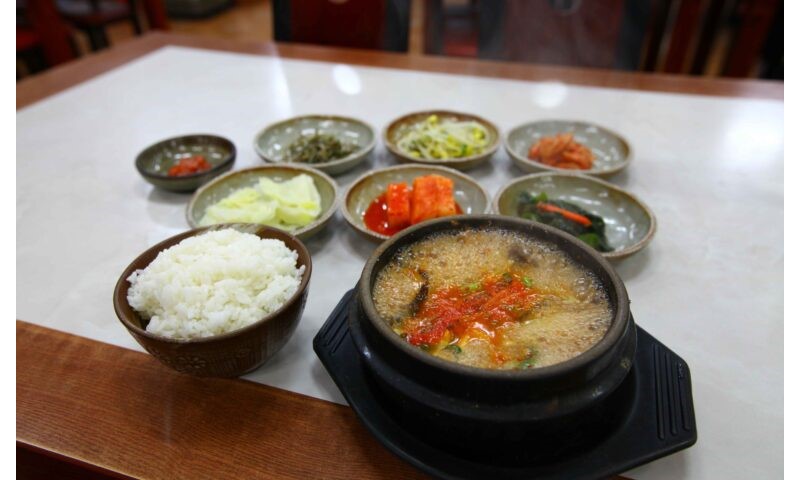The word doenjang jjigae (stew) already smells like the smell of my old hometown, and the expression savory goes well with this word, which is a word that has a similar sentiment to how older adults describe hot food as refreshing.

Now, children are born in hospitals, and it is difficult to step on the ground directly because we live in apartments, so making or pickling soybeans is something you only see in old movies or dramas.
Now, doenjang jjigae is eaten when you have grilled meat such as beef or pork belly and your mouth feels dry, with rice, bibim, or cold noodles, and it is rarely served on the table.
I really miss the kimchi jjigae and doenjang jjigae that were served in abundance in the alleys of Samgakji and Gongdeok-dong.
In addition, the stale smell of cheonggukjang is also a forgotten food. What more can I say, since tastes have changed from children who don’t even eat kimchi well to the MZ generation?
Doenjang jjigae, a type of soybean paste, is a representative example of our finger culture, and on the one hand, it is said that the culture of eating together is the cause of infectious bacteria such as Helicobacter pylori, but I think that our bodies have become fatter now, but our immunity was better back then.
Doenjang jjigae is a dish that reminds us of our mother’s cooking, and it goes well with tofu, so it is said that the longer you add a block of tofu and boil it, the more savory it becomes.
The sight of meju, the basis of doenjang, being made by trampling pressed soybeans with feet into square shapes and tying them with straw to hang them from the eaves or high places is no longer seen.
Discover more from Creative Innovator in Korea
Subscribe to get the latest posts sent to your email.
